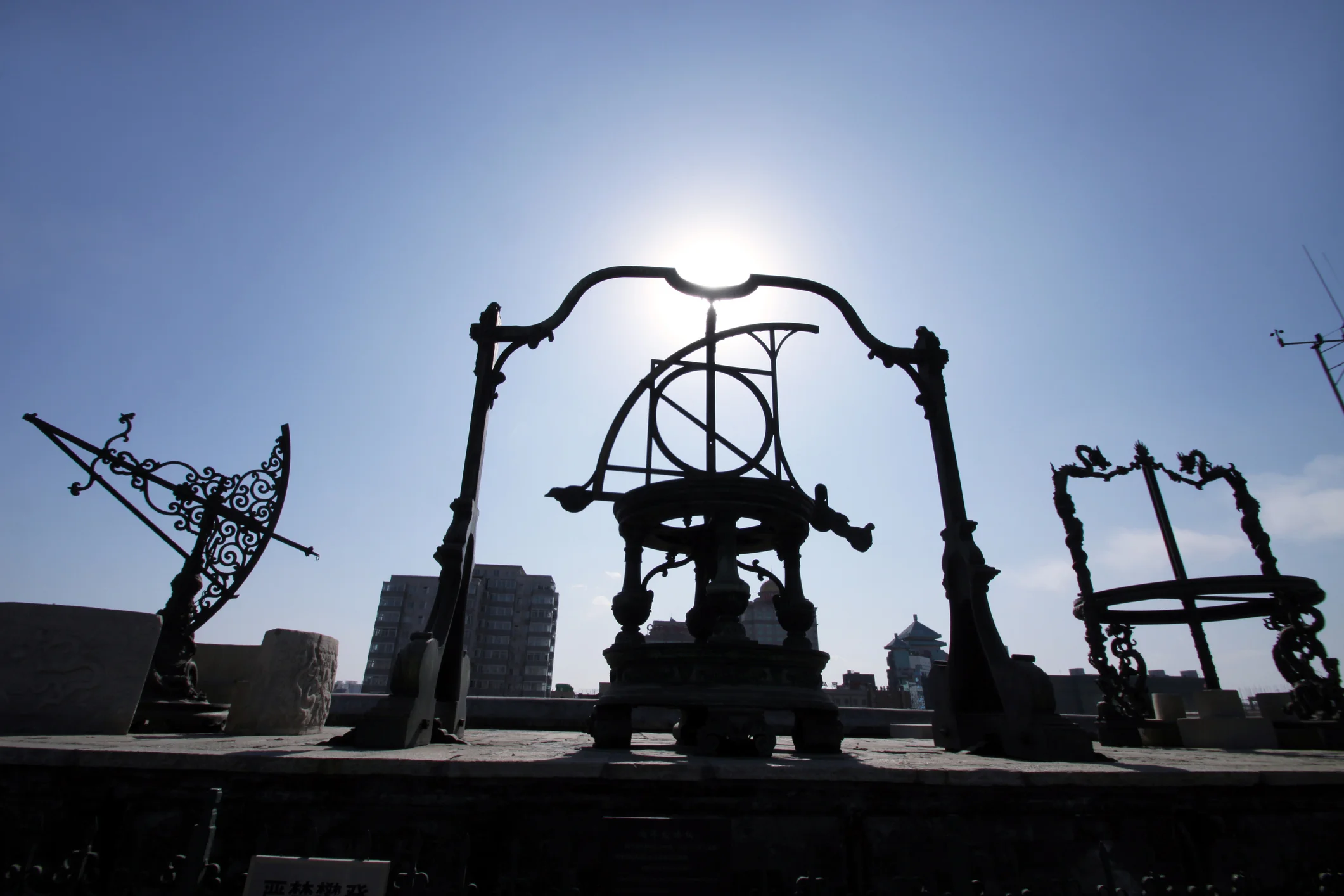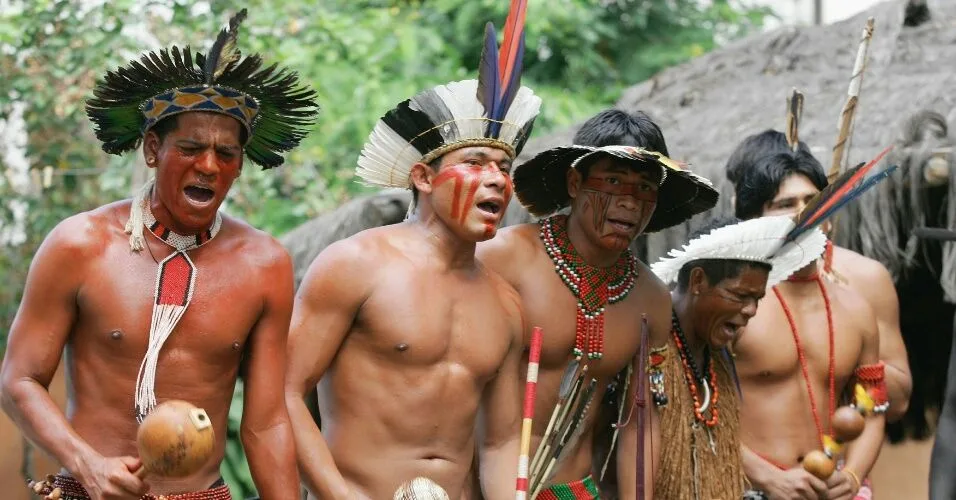Throughout human history, people have looked to the heavens for guidance, inspiration, and reasons to celebrate. The celestial bodies above us have shaped calendars, agricultural practices, and cultural traditions across every continent.
From ancient civilizations to modern societies, festivals aligned with astronomical events create magical moments where earth and sky converge. These celebrations connect us to our ancestors while reminding us of our place in the vast cosmos. The dance between human culture and celestial movements reveals profound insights into how we mark time, honor seasons, and find meaning in the universe around us.
🌟 The Ancient Origins of Star-Aligned Festivals
Long before modern astronomy existed, ancient civilizations recognized patterns in the sky. These observations became the foundation for agricultural cycles, religious ceremonies, and communal gatherings. The Egyptians aligned their calendar with Sirius, the brightest star in the night sky, whose heliacal rising predicted the annual flooding of the Nile River.
Similarly, the Maya developed sophisticated astronomical knowledge, creating precise calendars that tracked planetary movements and stellar positions. Their temples were often oriented to capture sunlight at specific moments during solstices and equinoxes, transforming architecture into astronomical instruments. These weren’t merely scientific endeavors but sacred acts connecting earthly existence with cosmic order.
Indigenous peoples across continents developed their own celestial celebration systems. Australian Aboriginal cultures created songlines that mapped both terrestrial landscapes and stellar configurations. In North America, tribes like the Lakota held ceremonies timed with astronomical events, understanding that human activities should harmonize with cosmic rhythms.
Winter Solstice Celebrations Around the World ❄️
The winter solstice marks the shortest day and longest night of the year in the Northern Hemisphere. This astronomical event has inspired countless festivals celebrating the return of light and the promise of renewal. Ancient Romans celebrated Saturnalia, a week-long festival of feasting and gift-giving that influenced many modern winter traditions.
In Scandinavia, the Yule celebration acknowledged the darkest time of year while anticipating spring’s eventual return. Bonfires were lit to encourage the sun’s strength, and evergreen branches symbolized life persisting through winter’s harshness. These traditions evolved but maintained their connection to the solstice’s astronomical significance.
China’s Dongzhi Festival remains an important winter solstice celebration. Families gather to eat tangyuan, sweet rice balls symbolizing reunion and harmony. The festival acknowledges the yin-yang philosophy, where the longest night represents maximum yin energy before yang begins its gradual increase. This ancient wisdom links celestial mechanics with philosophical principles about balance and transformation.
Stonehenge and Megalithic Astronomy
Perhaps no monument better represents humanity’s ancient relationship with celestial events than Stonehenge. This prehistoric structure aligns precisely with the winter and summer solstices, suggesting its builders possessed sophisticated astronomical knowledge. Thousands still gather at Stonehenge each year for solstice celebrations, continuing a tradition spanning millennia.
Similar megalithic structures exist worldwide, from Newgrange in Ireland to Chankillo in Peru. These astronomical observatories doubled as ceremonial centers, proving that for our ancestors, scientific observation and spiritual celebration were inseparable. The precision of these alignments demonstrates that celestial festivals weren’t casual affairs but carefully calculated events central to community life.
🌸 Spring Equinox and Renewal Festivals
When day and night achieve perfect balance during the spring equinox, cultures worldwide celebrate themes of rebirth, fertility, and new beginnings. The Persian New Year, Nowruz, occurs at the exact moment of the vernal equinox. This 3,000-year-old celebration involves spring cleaning, wearing new clothes, and gathering around the haft-seen table displaying symbolic items.
Japan’s hanami tradition, though not precisely aligned with the equinox, follows closely behind as cherry blossoms emerge. The timing of these blooms connects to seasonal changes triggered by the sun’s position, making this cultural phenomenon indirectly linked to celestial mechanics. Families and friends gather beneath flowering trees, acknowledging beauty’s transience and nature’s cyclical renewal.
India’s Holi festival typically occurs near the spring equinox, celebrating Krishna’s divine love and the triumph of good over evil. The festival’s timing connects to the harvest of winter crops and spring planting preparations. Participants throw colored powders and water, creating vibrant spectacles that mirror nature’s own explosion of color as spring arrives.
Summer Solstice: Peak Sun Celebrations ☀️
The summer solstice brings the longest day and shortest night to the Northern Hemisphere. Ancient cultures saw this as the sun reaching its maximum power before beginning its gradual decline. Midsummer celebrations across Europe acknowledge this turning point with festivals featuring bonfires, dancing, and all-night revelries.
Sweden’s Midsommar remains one of the most important holidays, featuring maypole dancing, flower crowns, and feasts celebrating summer’s abundance. The nearly endless daylight in northern latitudes makes this astronomical event particularly dramatic. Traditional beliefs held that magical events were more likely during Midsummer, when the boundary between the mundane and supernatural became permeable.
The ancient festival of Inti Raymi in Peru honors the Inca sun god during the winter solstice in the Southern Hemisphere (June). This reversal reminds us that celestial festivals adapt to local astronomical realities. Modern reconstructions of this ceremony at Sacsayhuamán near Cusco attract thousands, demonstrating how ancient astronomical festivals continue evolving while maintaining their celestial connections.
Synchronizing Harvest with the Stars
Many cultures developed harvest festivals timed not just by crop maturity but by specific stellar events. The appearance of certain star clusters or constellations signaled optimal harvest times. The Pleiades star cluster held particular significance across diverse cultures, from ancient Greece to Polynesia to Indigenous Americas.
In traditional Hawaiian culture, the Makahiki season began when the Pleiades appeared on the eastern horizon at sunset. This four-month period involved religious ceremonies, sports competitions, and tribute collection. The festival’s timing ensured it coincided with the rainy season and agricultural abundance, showing how celestial observation informed practical resource management.
🌕 Lunar Festivals and Moon Worship
While solar festivals mark seasons, lunar celebrations follow shorter cycles with their own rhythms and meanings. The moon’s phases created humanity’s first reliable calendar, and lunar festivals remain prominent in many cultural traditions. China’s Mid-Autumn Festival celebrates the full moon closest to the autumn equinox, when the moon appears largest and brightest.
Families gather to eat mooncakes, appreciate the moon’s beauty, and share stories about Chang’e, the moon goddess. This tradition connects lunar observation with cultural narratives, family bonds, and seasonal awareness. The festival’s timing also coincides with harvest completion, linking celestial events with agricultural cycles and economic well-being.
Islamic holy months follow a purely lunar calendar, making festivals like Ramadan and Eid cycle through all seasons over a 33-year period. The sighting of the new crescent moon determines each month’s beginning, requiring actual astronomical observation. This practice maintains a direct relationship between religious observance and celestial phenomena that many modern calendar systems have lost.
Traditional Moon Viewing Practices
Japan’s Tsukimi tradition involves autumn moon viewing, appreciating the beauty of the full harvest moon. Participants display pampas grass, offer rice dumplings, and compose poetry celebrating lunar beauty. This contemplative practice transforms astronomical observation into aesthetic and spiritual experience, showing how celestial events inspire not just celebration but artistic creation.
Many Indigenous American cultures held moon ceremonies acknowledging the moon’s connection to water, tides, and feminine cycles. Full moon gatherings served social, spiritual, and practical purposes, providing opportunities for night-time activities during maximum natural illumination. These traditions recognized the moon not just as a celestial object but as an active force influencing earthly existence.
🌠 Meteor Showers and Cosmic Spectacles
While most celestial festivals follow predictable solar or lunar patterns, meteor showers add elements of wonder and unpredictability to sky-based celebrations. The Perseid meteor shower, peaking in mid-August, has inspired modern “star party” traditions where people gather in dark locations to witness the celestial display.
Ancient cultures often interpreted meteors as significant omens or messages from deities. The timing of major meteor showers remained consistent year-to-year as Earth passed through debris trails left by comets. While modern science explains the mechanics, the sense of wonder remains unchanged. Organizations worldwide now host meteor shower viewing events, continuing the tradition of communal astronomical observation.
The Leonid meteor storm of 1833 profoundly impacted American culture, generating religious revivals and scientific interest. This event demonstrated how celestial phenomena can trigger cultural responses that ripple through society. Modern meteor shower celebrations maintain this connection, though with more scientific understanding and less apocalyptic interpretation.
🎭 Modern Astronomical Festivals and Stargazing Events
Contemporary societies continue creating festivals aligned with astronomical events, often blending ancient wisdom with modern scientific knowledge. International Dark Sky Week raises awareness about light pollution while encouraging people to reconnect with the night sky. Communities worldwide organize events timed with new moons when stars shine brightest.
Solar eclipse festivals have become major events, with thousands traveling to experience totality. The 2017 total solar eclipse crossing the United States generated an estimated $700 million in tourism revenue and inspired countless celebrations along its path. These modern gatherings echo ancient eclipse ceremonies but add contemporary elements like live streaming and scientific education.
Astronomy festivals combining telescope viewing, educational presentations, and cultural performances create hybrid events bridging science and tradition. These celebrations acknowledge our ancestors’ astronomical achievements while utilizing modern technology to deepen understanding. Star parties organized by amateur astronomy clubs democratize access to celestial observation, continuing the communal aspect of traditional star-aligned festivals.
Technology Enhancing Celestial Connections
Smartphone apps now help people identify stars, track planets, and predict astronomical events. These tools make participation in celestial celebrations more accessible and informed. Apps like Star Walk and SkySafari enable users to point their devices skyward and instantly identify celestial objects, connecting ancient practices with modern convenience.
Virtual planetariums and augmented reality applications allow people to explore the sky regardless of weather or location. While these technologies change how we experience celestial events, they serve the same purpose as ancient astronomical observations: connecting humans with the cosmos and marking time through celestial movements.
Cultural Preservation Through Stellar Traditions 🌍
Indigenous communities worldwide work to preserve traditional astronomical knowledge and festivals. The revitalization of ancestral celestial celebrations helps maintain cultural identity and transmit important knowledge to younger generations. Hawaiian efforts to restore traditional navigation using star paths preserve both practical skills and cultural heritage.
Academic institutions increasingly recognize the value of ethnoastronomy, studying how different cultures understand and interact with the sky. This interdisciplinary field validates non-Western astronomical systems and reveals sophisticated knowledge encoded in myths, ceremonies, and festivals. Traditional ecological knowledge often includes astronomical components essential for sustainable resource management.
UNESCO has recognized several astronomical festivals as Intangible Cultural Heritage, acknowledging their importance in maintaining cultural diversity. This recognition helps protect traditional celebrations from disappearing under modernization pressures. It also validates the profound human need to mark time and find meaning through relationships with celestial phenomena.
🔮 The Future of Celestial Celebrations
As humanity ventures beyond Earth, how will our celestial celebrations evolve? Astronauts aboard the International Space Station experience sixteen sunrises and sunsets daily, challenging traditional solar-based festival timing. Future Mars colonists will need to adapt Earth-based celebrations to Martian astronomical realities, where years last 687 Earth days and the moon Phobos rises twice daily.
Climate change adds urgency to maintaining connections with natural cycles that celestial festivals represent. As seasons shift and traditional environmental cues become unreliable, astronomical events provide stable markers of time’s passage. Festivals aligned with solstices, equinoxes, and stellar events offer continuity amid environmental uncertainty.
The growing movement to combat light pollution connects directly with preserving humanity’s relationship with the night sky. Communities earning Dark Sky designations often revitalize or create star-aligned festivals, recognizing that protecting darkness protects cultural heritage. These efforts acknowledge that seeing stars isn’t merely recreational but essential to human cultural identity.
Connecting Past, Present, and Cosmic Future ✨
Celestial celebrations create bridges across time, connecting us with ancestors who looked at the same stars and marked the same seasonal transitions. These festivals remind us that despite technological advances, we remain subject to cosmic rhythms. The sun’s movements still govern our seasons, the moon still pulls our tides, and Earth’s rotation still defines our days.
Participating in star-aligned festivals offers perspective on human existence within the vast universe. When we gather for solstice celebrations or moon festivals, we join an unbroken chain of humans acknowledging our place in the cosmos. These moments of communal astronomical awareness combat the isolation and disconnection that modern life can create.
The diversity of celestial celebrations worldwide demonstrates both human creativity and our shared relationship with the sky above. Whether through Chinese New Year, Diwali’s lights echoing starlight, or Indigenous ceremonies timed with stellar events, these traditions express universal human impulses: to find meaning in celestial patterns, celebrate life’s cycles, and connect with something larger than ourselves.
As we face global challenges requiring unprecedented cooperation, perhaps our shared sky offers common ground. Celestial festivals celebrating events visible to all humanity remind us that we inhabit one planet under one sky. These ancient traditions, continually renewed and reimagined, may guide us toward recognizing our fundamental interconnection with each other and the cosmos that contains us all.
Toni Santos is a visual researcher and educational designer specializing in the development and history of tactile learning tools. Through a hands-on and sensory-focused lens, Toni investigates how physical objects and textures can enhance understanding, memory, and creativity while exploring the intersections of ancient temporal systems, ritualized time practices, and cultural perceptions of chronology. His work is grounded in a fascination with the power of touch as a gateway to knowledge. From embossed maps and textured alphabets to handcrafted manipulatives and sensory kits, Toni uncovers the subtle ways tactile tools shape cognitive development and learning experiences, while engaging with ancestral calendars and forgotten systems, chrono-rituals and time portals, cultural time perception and myth, and devices and tools of time. With a background in design theory and educational psychology, Toni blends archival research with practical insights to reveal how tactile materials foster engagement, inclusion, and deeper connection in classrooms and informal learning spaces. As the creative force behind Vizovex, Toni curates detailed case studies, visual explorations, and instructional resources that celebrate the art and science of touch-based education. His work is a tribute to: The transformative role of tactile tools in learning The intersection of sensory experience, cognition, and temporal wisdom The craft and innovation behind educational objects and time devices Whether you’re an educator, designer, or lifelong learner, Toni invites you to explore the rich textures of knowledge—one touch, one tool, one discovery at a time.




